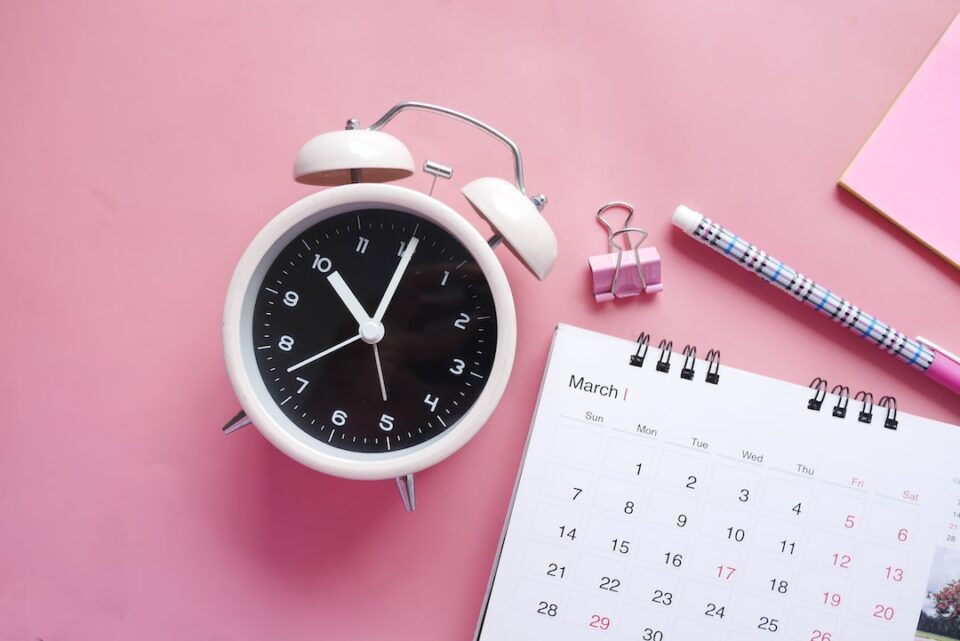Navigating Copyright and Fair Use: Balancing Creativity and Legal Boundaries
In today’s digital age, where information is readily available at our fingertips, it is important for content creators and consumers alike to be aware of copyright laws and fair use guidelines. Copyright protects the rights of creators to control and profit from their work, while fair use allows for limited use of copyrighted material without permission. Navigating this landscape can be tricky, as it requires striking a balance between creativity and legal boundaries.
Copyright is a legal concept that grants exclusive rights to the creators of original works. It covers a wide range of creative expressions, including literary works, music, art, photographs, films, and more. As soon as a work is created and fixed in a tangible form, such as a written document or a recorded song, it is automatically protected by copyright. This means that anyone else who wants to use, copy, or distribute the work must obtain permission from the copyright holder.
Fair use, on the other hand, allows for the limited use of copyrighted material without permission, under certain circumstances. The goal of fair use is to promote creativity, criticism, and education by balancing the rights of copyright holders and the public interest. The determination of whether a particular use qualifies as fair use depends on four factors: the purpose and character of the use, the nature of the copyrighted work, the amount and substantiality of the portion used, and the effect of the use on the market for the original work.
To better understand fair use, let’s consider a few examples. Using a copyrighted image in a news report to illustrate a story could be considered fair use, as it serves a transformative purpose and adds value to the reporting. Parodying a copyrighted song in a comedy skit can also be considered fair use, as it falls under the category of criticism or commentary. However, it is important to note that fair use is not an absolute right, and each case is evaluated on its own merits.
When it comes to navigating copyright and fair use, there are a few best practices to keep in mind. First and foremost, always assume that a work is copyrighted unless expressly stated otherwise or it is in the public domain. If you want to use someone else’s work, it is advisable to seek permission or utilize materials that are explicitly labeled for reuse, such as those with a Creative Commons license. Additionally, providing proper attribution is essential, as it gives credit to the original creator and helps avoid potential legal issues.
For content creators, it is important to be aware of the potential for copyright infringement and to ensure that your own work does not violate the rights of others. This means obtaining the necessary permissions or licenses for any copyrighted material used in your creations. Alternatively, you can create original work or utilize materials that are in the public domain or under a Creative Commons license, which often allows for more freedom of use.
In conclusion, navigating copyright and fair use is essential in today’s digital landscape. It requires a delicate balance between creativity and legal boundaries. By understanding the basics of copyright and fair use, as well as adhering to best practices, content creators and consumers can ensure that they are respecting the rights of copyright holders while still engaging in meaningful and transformative uses of copyrighted material. Ultimately, this balance allows for the continuation of creativity and innovation while upholding the principles of intellectual property rights.

